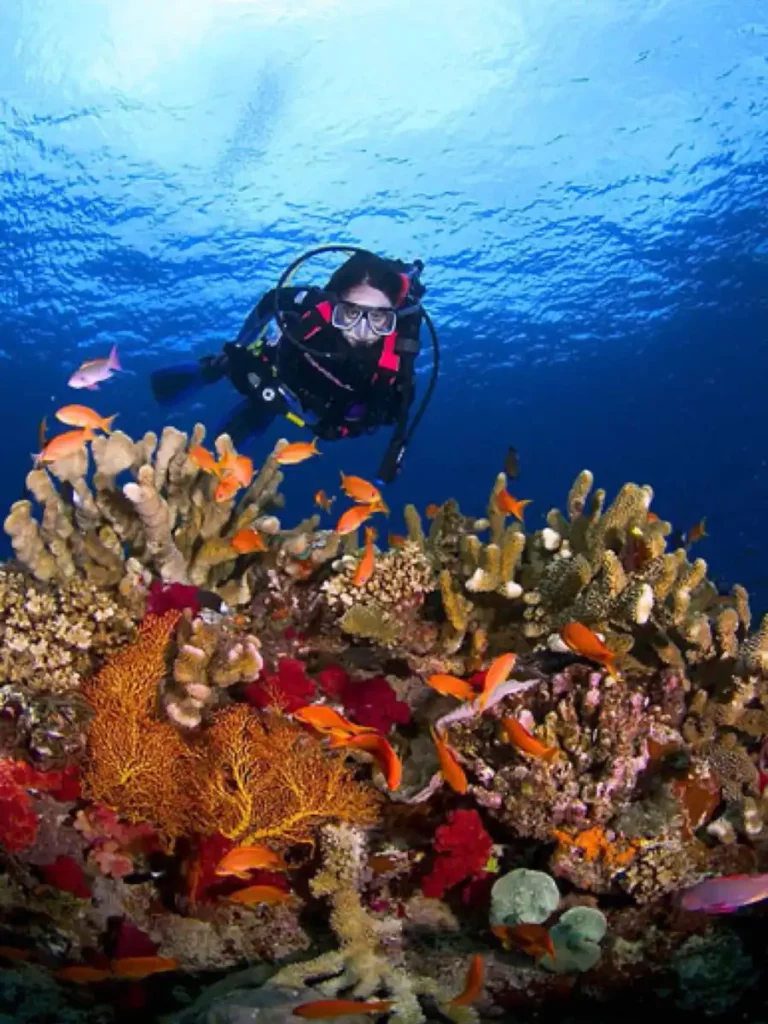Fiji, an archipelago in the South Pacific, is renowned for its stunning marine biodiversity and vibrant coral reefs. Whether you’re an experienced diver or a beginner, Fiji offers a range of underwater adventures that promise to be unforgettable. This guide provides top tips to ensure you have the best dive experience in Fiji.
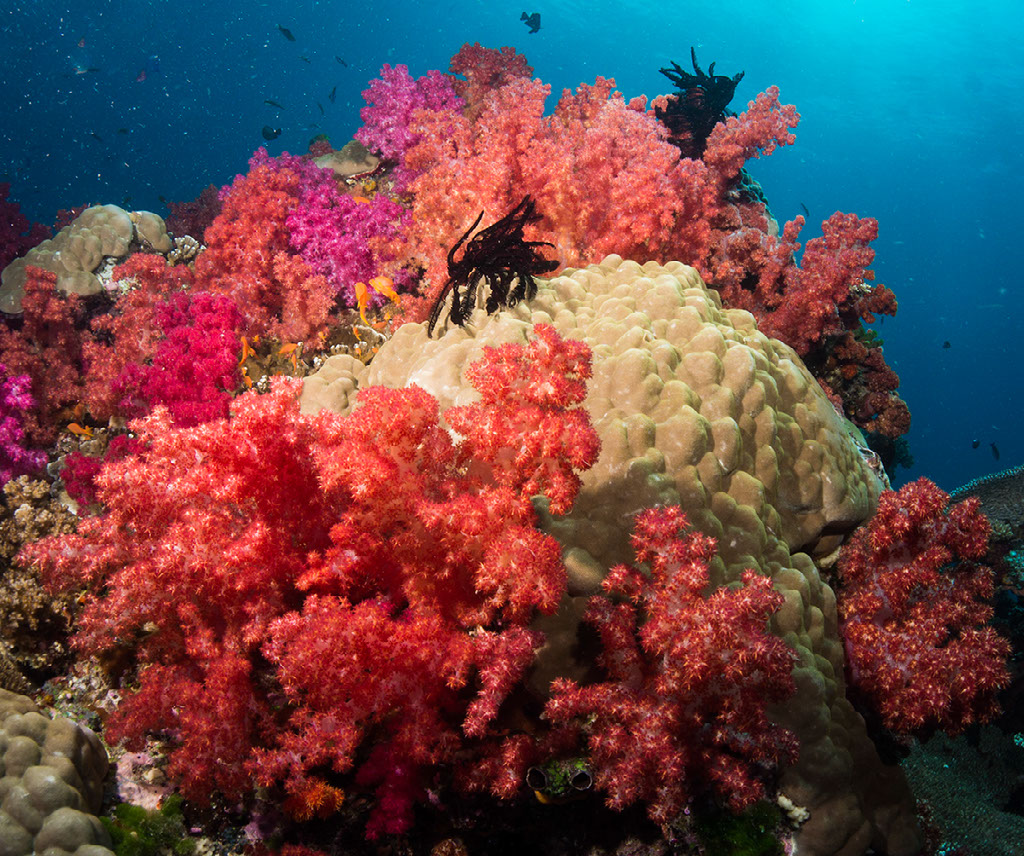
Fiji is often referred to as the “Soft Coral Capital of the World,” and for good reason. The warm tropical waters host an incredible array of marine life, including over 1,200 species of fish and over 400 types of coral. This rich biodiversity makes each dive a unique and thrilling experience, offering plenty of opportunities to encounter species you’ve never seen before.
- Diverse Marine Life: Encounter colorful fish, sharks, manta rays, and even sea turtles. The underwater world in Fiji is like a living aquarium with countless vibrant species. Schools of fish in every conceivable color, shape, and size swim past you, creating a mesmerizing display of marine life.
- Pristine Coral Reefs: Fiji’s reefs are some of the healthiest in the world, offering breathtaking underwater vistas. The reefs are well-preserved and teem with life, making them ideal for both novice and experienced divers. The vivid soft corals are particularly renowned, draping the reefs in a dazzling array of colors.
- Variety of Dive Sites: From shallow reefs perfect for snorkeling to deep drop-offs for experienced divers, Fiji has it all. Whether you prefer exploring intricate coral gardens or plunging into deeper waters for a more challenging dive, Fiji’s dive sites cater to all preferences and skill levels.
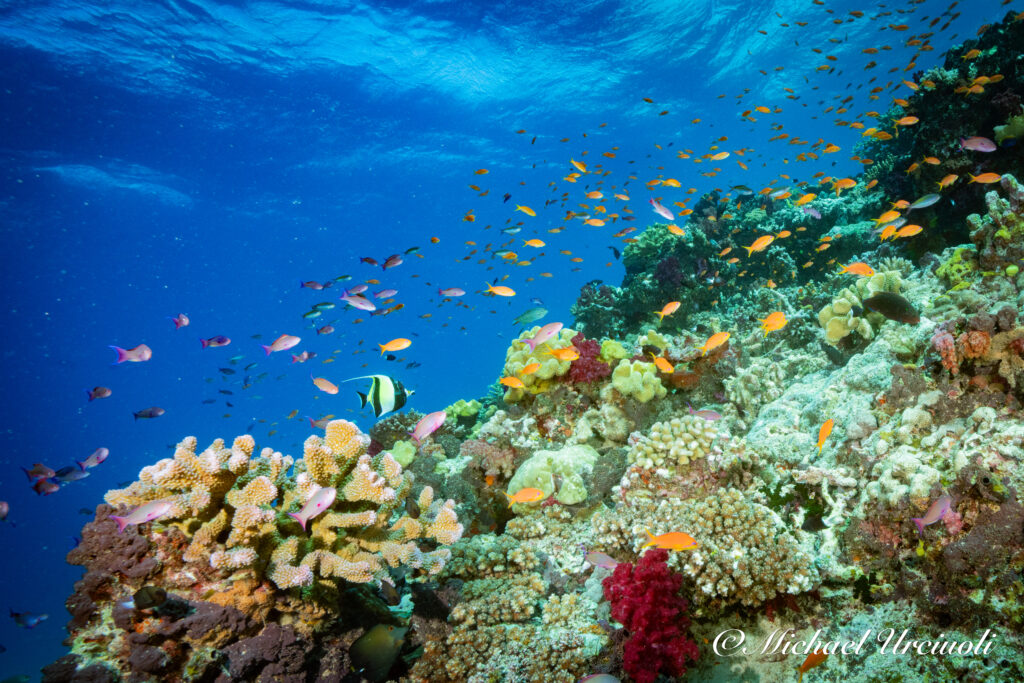
Best Time to Dive in Fiji
The best time to dive in Fiji is generally during the dry season, which runs from May to October. During this time, the visibility is excellent, often exceeding 30 meters, and the water temperatures range from 24°C to 28°C. These conditions are ideal for witnessing the full spectrum of Fiji’s underwater beauty without the interference of rain or strong currents.
However, diving is possible year-round, with the wet season (November to April) offering warmer waters but slightly reduced visibility. The wet season also brings with it plankton blooms, which can attract larger marine creatures like manta rays. Although the weather can be more unpredictable, the underwater encounters can be just as rewarding.
Top Dive Sites in Fiji
Rainbow Reef
Situated in the Somosomo Strait between Taveuni and Vanua Levu, Rainbow Reef is famous for its vibrant soft corals and diverse marine life. The Great White Wall and The Cabbage Patch are must-visit spots. The Great White Wall, in particular, is a vertical drop covered in stunning white soft corals that appear to glow in the right light conditions.
The Cabbage Patch, on the other hand, features large cabbage-like corals that create a unique underwater landscape. Rainbow Reef is also home to a variety of fish species, making each dive a colorful and lively experience.
Great Astrolabe Reef
The Great Astrolabe Reef, located off the island of Kadavu, is the fourth largest barrier reef in the world. It offers a range of dive sites suitable for all levels, from shallow coral gardens to deep walls and passages. The reef is renowned for its stunning biodiversity, including a multitude of hard and soft corals, as well as a variety of fish species.
Diving here, you’ll encounter everything from tiny nudibranchs to larger pelagic species. The reef’s structure offers numerous swim-throughs, caverns, and overhangs, making each dive a new adventure. The visibility is typically excellent, allowing divers to fully appreciate the intricate details of this underwater wonderland.
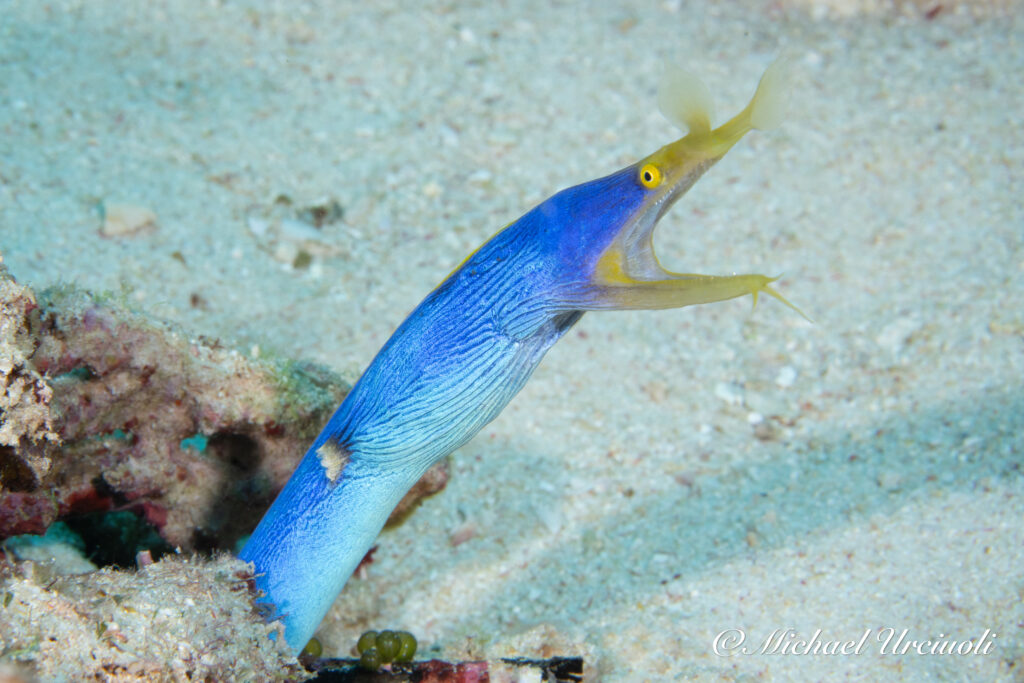
Essential Tips for Diving in Fiji
Choose a Reputable Dive Operator
Selecting a reputable dive operator is crucial for a safe and enjoyable dive experience. Look for operators who are PADI or SSI certified and have experienced dive masters familiar with the local dive sites. Reviews and recommendations from other divers can also provide valuable insights into the quality and reliability of the dive operator.
A good dive operator will provide thorough briefings and ensure that all safety protocols are followed. They will also be knowledgeable about the best dive sites and can tailor the diving experience to your skill level and interests. We choose to partner with Taveuni Ocean Sports as they have an experienced team and we always receive excellent feedback from our guests about their diving excursion.
Check Your Gear
Before heading out, ensure that all your diving gear is in good condition. If you’re renting equipment, inspect it thoroughly and ask the dive operator for a briefing on how to use it. Familiarize yourself with the gear before the dive to avoid any issues underwater.
Regular maintenance of your personal diving equipment is also essential. Check for any signs of wear and tear, and make sure everything is functioning correctly. Properly maintained gear is crucial for a safe and enjoyable dive.
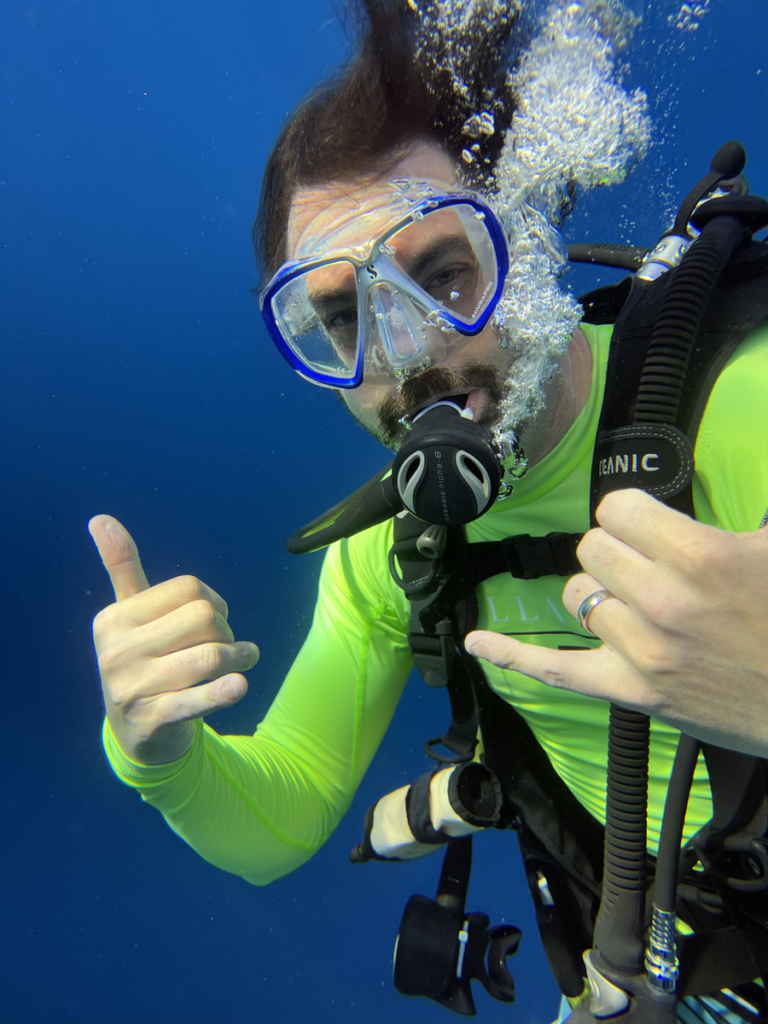
Snorkeling Tips for Non-Divers
If diving isn’t your thing, snorkeling is a fantastic way to explore Fiji’s underwater wonders. Here are some tips to enhance your snorkeling experience:
Not all dive sites are suitable for snorkeling. Look for shallow reefs with calm waters and abundant marine life. Sites like those found on the Rainbow Reef are ideal for snorkelers. These spots offer easy access to vibrant coral gardens and a variety of fish species without the need for deep diving.
Snorkeling in these areas allows you to enjoy the beauty of Fiji’s marine life at a more relaxed pace. The calm waters and shallow depths make it easier to observe the intricate details of the coral formations and the behaviors of the fish.
Respect Marine Life
Fiji’s marine ecosystems are fragile, and it’s essential to dive responsibly. Avoid touching corals, maintain a safe distance from marine animals, and never collect souvenirs from the reef. Interacting with the marine environment responsibly helps preserve it for future generations.
Respecting marine life also includes being mindful of your buoyancy to avoid accidentally damaging the reef. Always follow the guidance of your dive master and adhere to local regulations and guidelines.
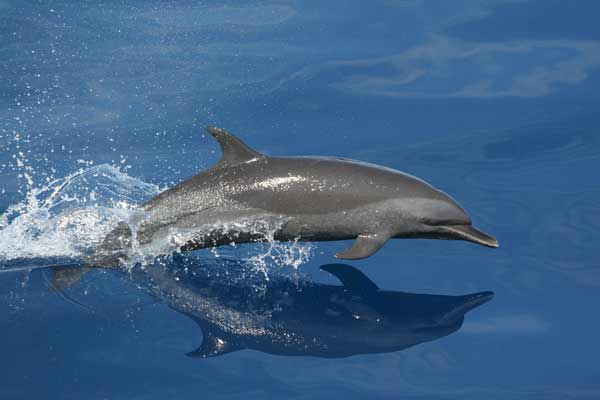
Marine Life You Might Encounter
Fish Species
- Clownfish: Made famous by the movie “Finding Nemo,” these colorful fish can be found in anemones throughout Fiji’s reefs. They form symbiotic relationships with anemones, providing mutual protection and a vibrant display for divers and snorkelers.
- Parrotfish: Known for their vibrant colors and beak-like mouths, parrotfish play a crucial role in maintaining reef health. They feed on algae and dead coral, which helps keep the reef ecosystem balanced and thriving.
Larger Marine Creatures
- Manta Rays: Graceful and majestic, manta rays can often be spotted around the Yasawa Islands and Taveuni. These gentle giants glide through the water with elegance, providing a captivating sight for divers and snorkelers alike.
- Sharks: Fiji’s waters are home to several shark species, including reef sharks, bull sharks, and hammerheads. Observing these apex predators in their natural habitat is a thrilling experience, offering insight into their behavior and importance in the marine ecosystem.
Safety Precautions
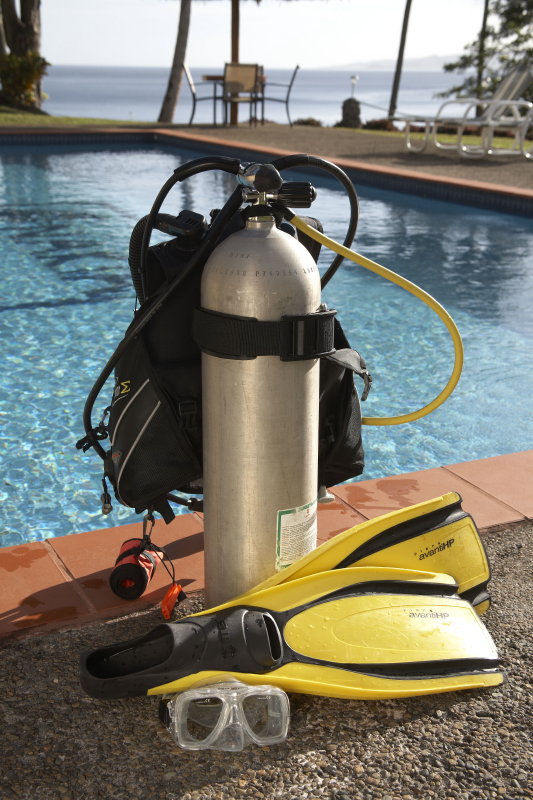
photo credit Taveuni Ocean Sports
Diving is generally safe, but it’s important to follow these safety precautions to ensure a worry-free experience:
Stay Within Your Limits
Keep a close eye on your air gauge and make sure you have enough air for your ascent and safety stop. Ascend slowly and make a safety stop at 5 meters for three minutes to off-gas nitrogen. Proper air management is essential for preventing decompression sickness and ensuring a safe return to the surface.
Communicate regularly with your dive buddy about your air levels and overall comfort. This ensures that both of you are aware of each other’s status and can assist if needed.
Be Aware of Currents
Some dive sites in Fiji can have strong currents. Listen to your dive master’s briefing and follow their instructions on how to navigate these conditions safely. Understanding the direction and strength of currents helps you plan your dive and reduces the risk of being swept off course.
Using a surface marker buoy (SMB) can also enhance safety by signaling your position to the dive boat. This is especially important in areas with strong currents or high boat traffic.
Conclusion
Fiji offers some of the best diving experiences in the world, with its stunning coral reefs, diverse marine life, and range of dive sites. By following these tips, you can ensure a safe, enjoyable, and unforgettable underwater adventure. Wherever you choose to dive or snorkel in Fiji, the underwater world is sure to leave you in awe.
Happy Diving!
